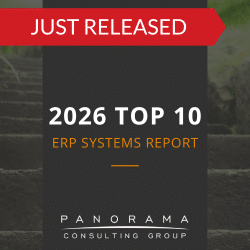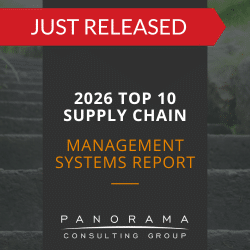People don’t usually write about worst practices. If your organization is following best practices in its ERP implementation, it’s logical to assume that it will avoid worst practices but, realistically, no organization is immune to mistakes and false assumptions.
When beginning an ERP project, organizations often assume that employees will learn how to use the new ERP system through intuition and common sense. While interfaces are becoming more user-friendly, ERP systems are still very complex. ERP training is essential for keeping employees focused on the particular functionality that is most important to their jobs.
From a lack of training to irrelevant training, there are a number of “worst practice” traps that organizations can fall into when it comes to getting their staff up and running on the system. Following are three common missteps to avoid when conducting ERP training:
1. Using out-of-the-box training materials. Many organizations don’t realize that the training materials provided by ERP vendors must be customized in order to meet the company’s unique business processes. Organizations should work with independent ERP consultants to customize ERP training with regard to design, documentation and delivery.
2. Pulling resources from the training team. The worst decision an organization can make when implementing new ERP software is reallocating resources from their organizational change management team and assigning them to “more important” tasks to hasten the implementation process. While extending an ERP implementation for longer than necessary is not recommended, a go-live with low user adoption is worse.
3. Focusing on transactional training. ERP training should involve not only transactional, system-based training but also training on new business processes. Each department has unique business processes and needs to be trained on certain software functionality. Employees should understand how that functionality fits into their processes and how those processes interact with processes in other departments. Training sessions should be cross-functional but focused. Making one training session relevant to all employees makes it relevant to none.
Organizations that achieve ERP success know how to avoid these common ERP training mistakes. These organizations not only follow “best practices” but they keep their eyes out for “worst practices” as well.
Learn more about the importance of organizational change management and training in our 2013 ERP Report: Organizational Change and Business Process Management.













